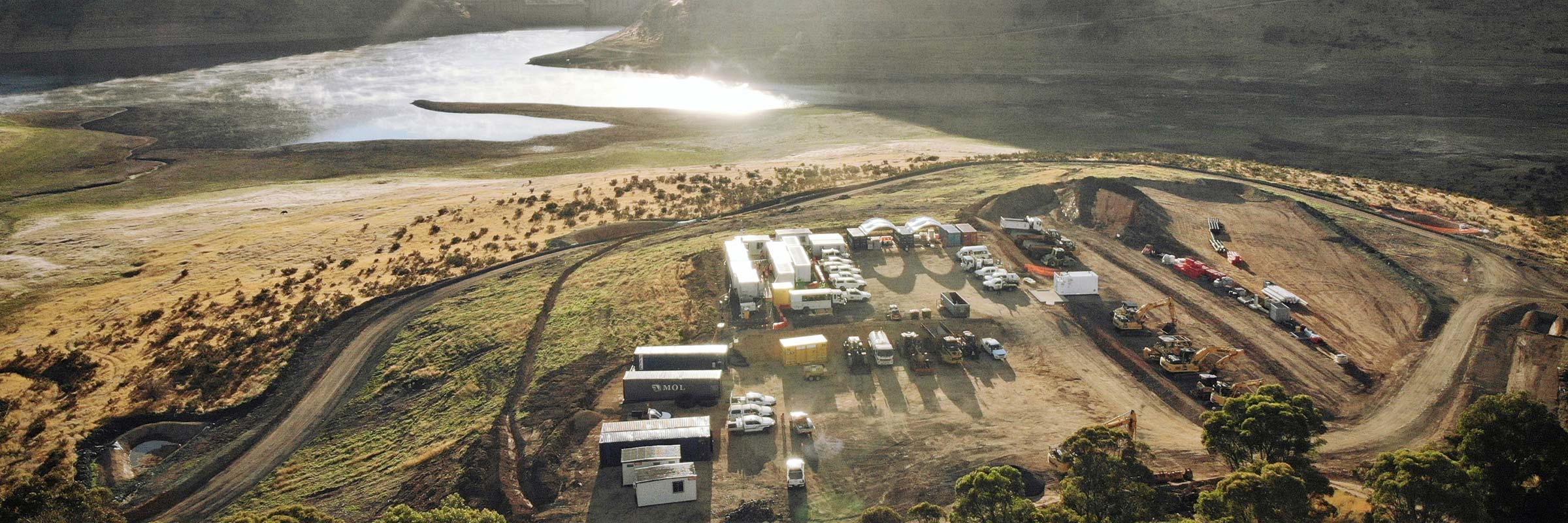
Geotechnical Baseline Report delivers key solutions
SMEC’s tunnelling and geotechnical specialist developed an innovative ‘balanced’ Geotechnical Baseline Report (GBR) which was incorporated into the construction contract, allowing for challenges to be overcome and key solutions to be delivered.
The GBR sets out geotechnical risk-allocation mechanisms, with an aim for fair and balanced allocation of the geotechnical risks between the owner of the project and the contractor. While the use of GBR’s risk allocation is a widely accepted practice in the tunnelling industry, SMEC has expanded upon this methodology to include a baseline of items of work, as suggested for underground construction. Adopting a ‘balanced’ GRB model allows for remeasurements and adjustments to be made to the construction contract if conditions are more onerous than described in the original GBR. Improving these issues together with the incorporation of comprehensive risk management techniques to manage the complex and remote project location assists in SMEC delivering key solutions to the project.
The forefront of international hydropower technology and design
Snowy 2.0 is at the forefront of international hydropower technology and design, attracting input and interest from global specialists across a range of fields. The completion of the project will provide 2000 megawatts of dispatchable, in-demand renewable energy and approximately 350,000 megawatts hours of large-scale storage to the Australian National Electricity Market. Creating a positive impact, SMEC’s technical specialists have been engaged as the owner’s team for the project, providing technical excellence and advice for internationally recognised specialists and engineering support to help deliver this iconic and innovative renewable energy scheme. Snowy is an outstanding example of how a complex project can be taken from the feasibility stage to the contract award over approximately two years. This was achieved due to the flexibility SMEC was able to provide in delivering the feasibility study. From a technical and engineering perspective, Snowy 2.0 can only be described as monumental when considering the project scope, complexity, and ambition.




